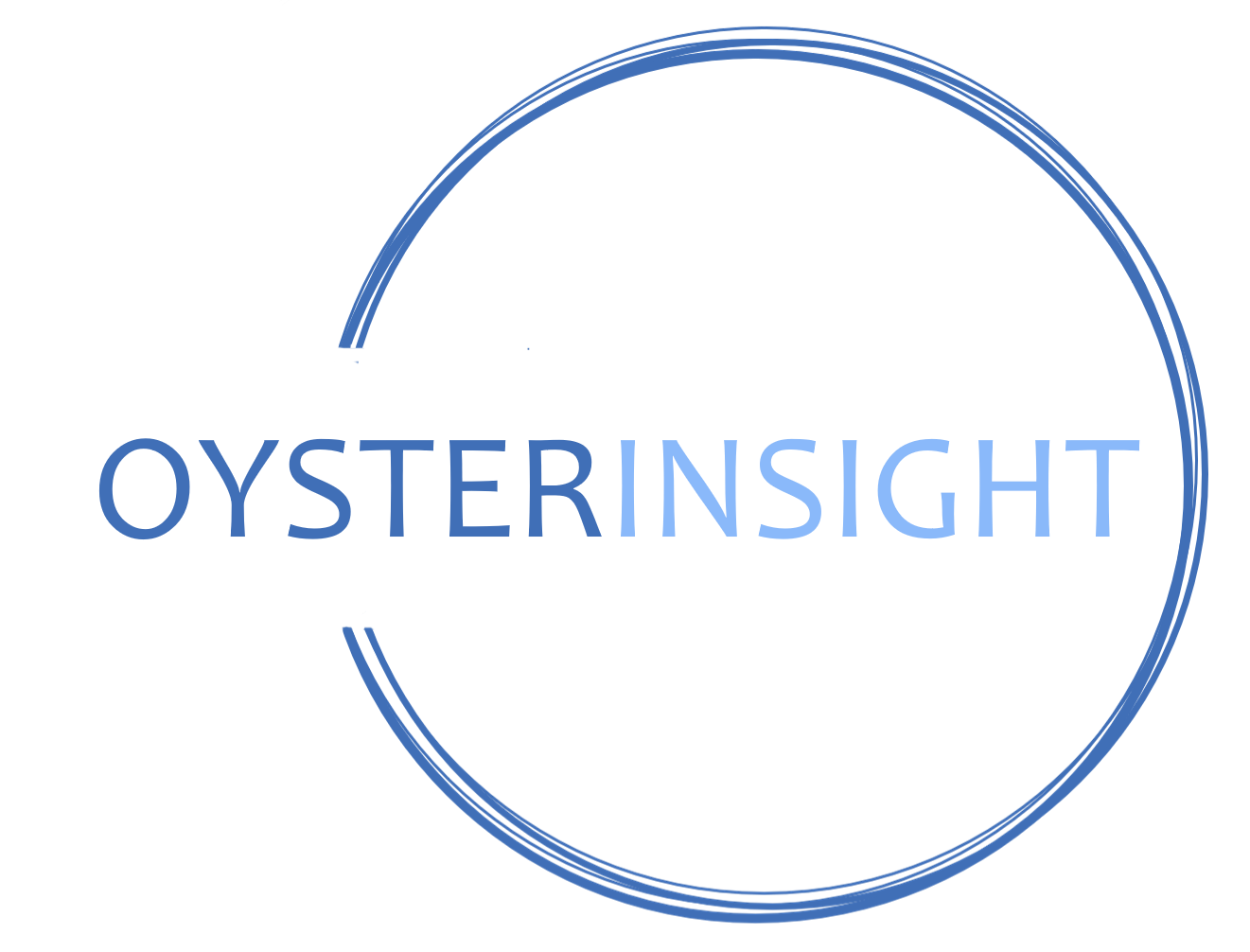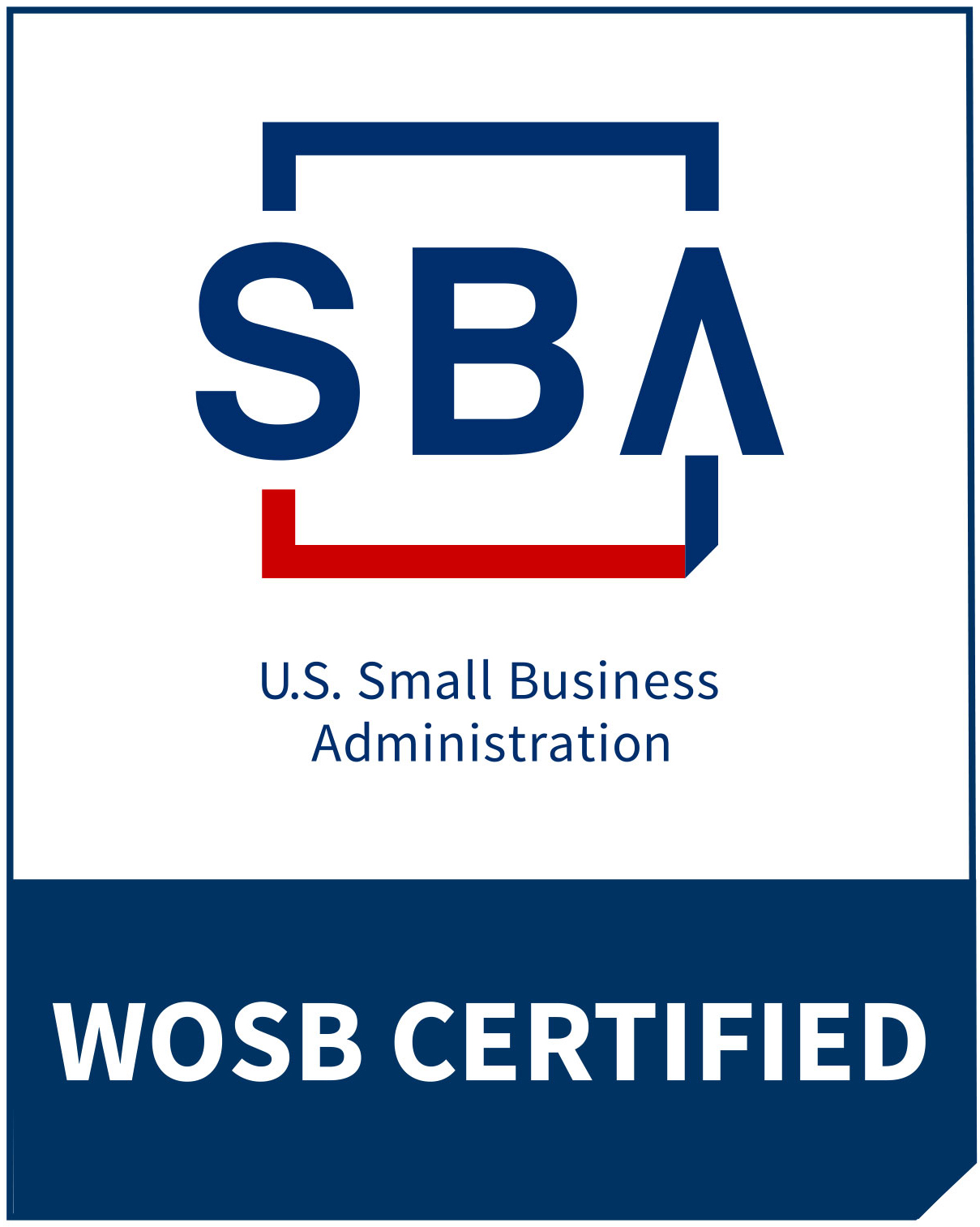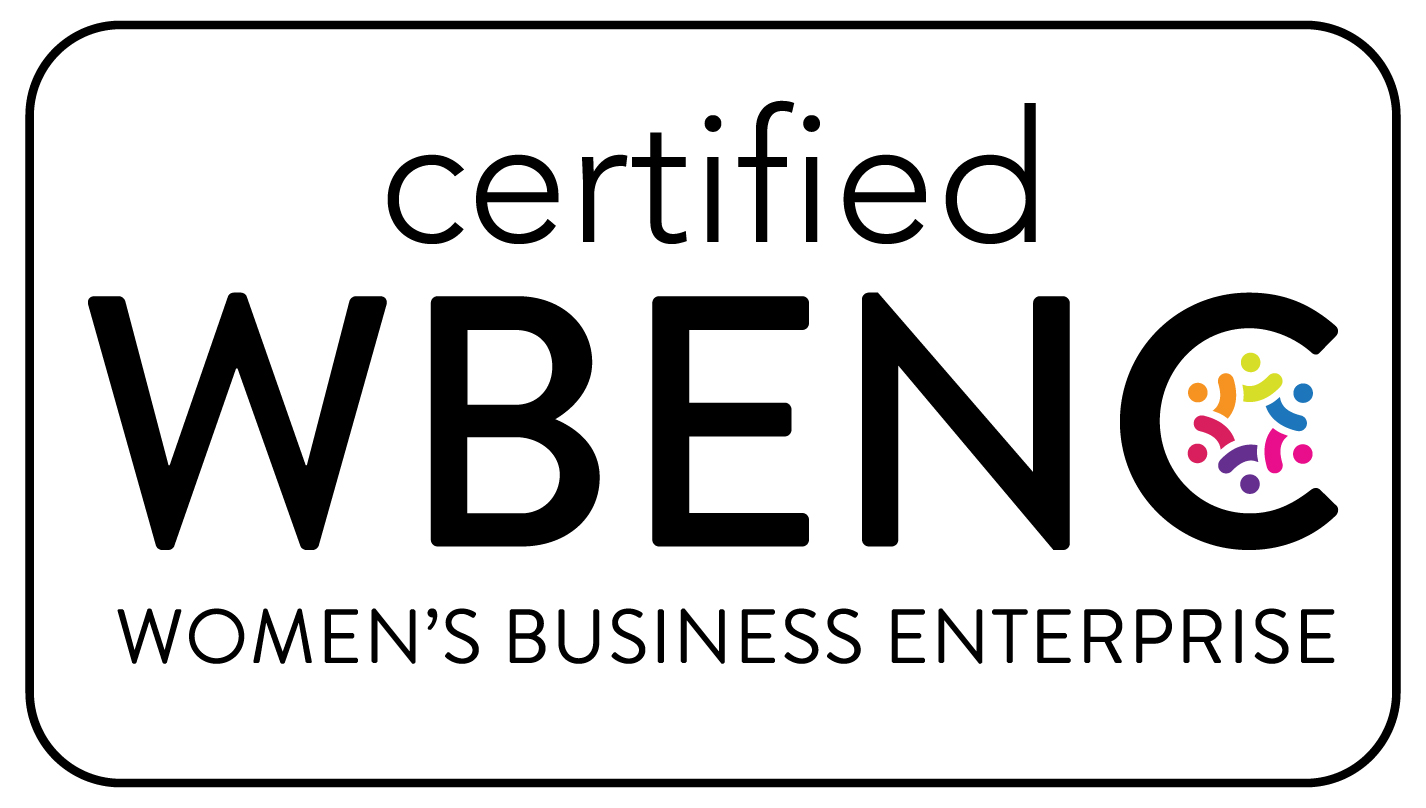The sum of the whole is greater than its parts.
I have been privileged to be a part of many amazing groups – as an Outward Bound instructor, as a women’s advocate for Trek, as a team member of the same sailboat for 23 years, and recently, as a member of a cohort at the Georgetown leadership coaching program. These groups have always felt special. During our last module at Georgetown, I started to understand “why” a bit more.
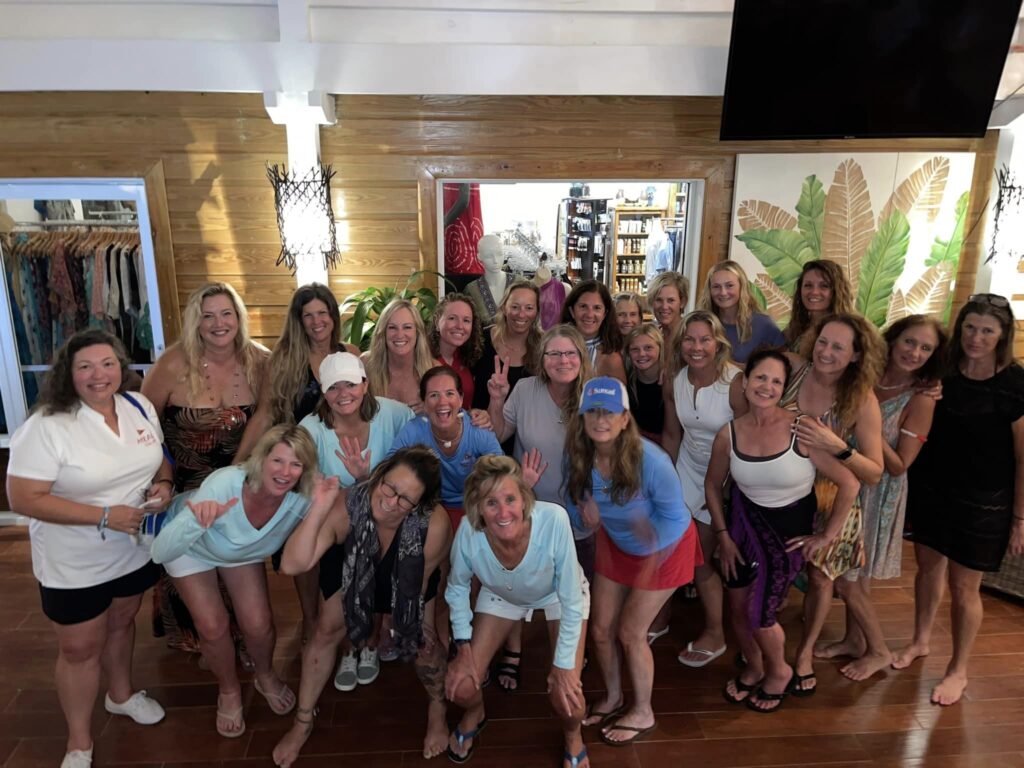
The concept of the “third entity” in a group context refers to the idea that when individuals come together in a group, a new entity or dynamic emerges that is distinct from the sum of its individual members. This new entity is often referred to as the “group mind” or “group consciousness.” Here’s how the third entity works in a group:
Emergent Properties: The third entity represents the emergent properties and dynamics that arise when people interact within a group setting. These properties may include shared goals, norms, roles, and communication patterns that are different from what each individual might exhibit on their own.
Collective Identity: Within a group, individuals often develop a collective identity that is influenced by the group’s objectives, values, and culture. This identity can shape the behavior and decisions of the group as a whole.

Shared Goals and Objectives: Groups form to accomplish specific goals or tasks. The third entity is focused on achieving these shared goals and objectives, and group members often work together to reach them.
Group Norms and Rules: Groups establish their own norms and rules that govern behavior within the group. These norms may be different from the norms individuals follow in their personal lives. The third entity enforces and reinforces these group norms.
Communication and Interaction: Group members communicate and interact with one another, and these interactions can shape the group’s dynamics. The third entity is responsible for the collective communication and interaction patterns that develop within the group.
Decision-Making: Groups make decisions collectively, and the third entity plays a significant role in this process. Group decision-making can involve consensus, voting, or other methods, and the outcome is often influenced by the group’s dynamics and shared identity.
Group Cohesion: The third entity can foster a sense of cohesion among group members, leading to a feeling of belonging and commitment to the group’s goals and values. This cohesion can contribute to the group’s success.
Conflict Resolution: When conflicts arise within a group, the third entity can influence how these conflicts are addressed and resolved. Effective conflict resolution is essential for maintaining group cohesion and achieving its goals.
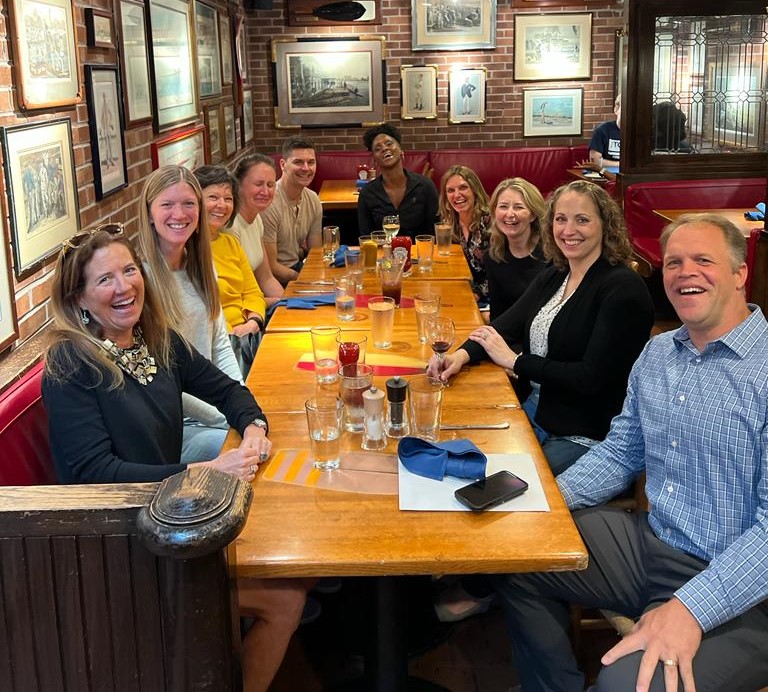
Leadership and Influence: Within the third entity, leadership roles may emerge, with certain individuals taking on leadership positions or exerting influence over others. Effective leadership can guide the group toward success, while poor leadership can hinder progress.
Adaptation and Evolution: The third entity is not static but can adapt and evolve over time as group members change, goals shift, or external circumstances impact the group. This adaptability is crucial for the group’s survival and effectiveness.
Groups can be powerful. When you respect the identity of the group as its own entity, you can leverage the purpose of the group for its greatest intents, positively influcencing success and outcomes.
